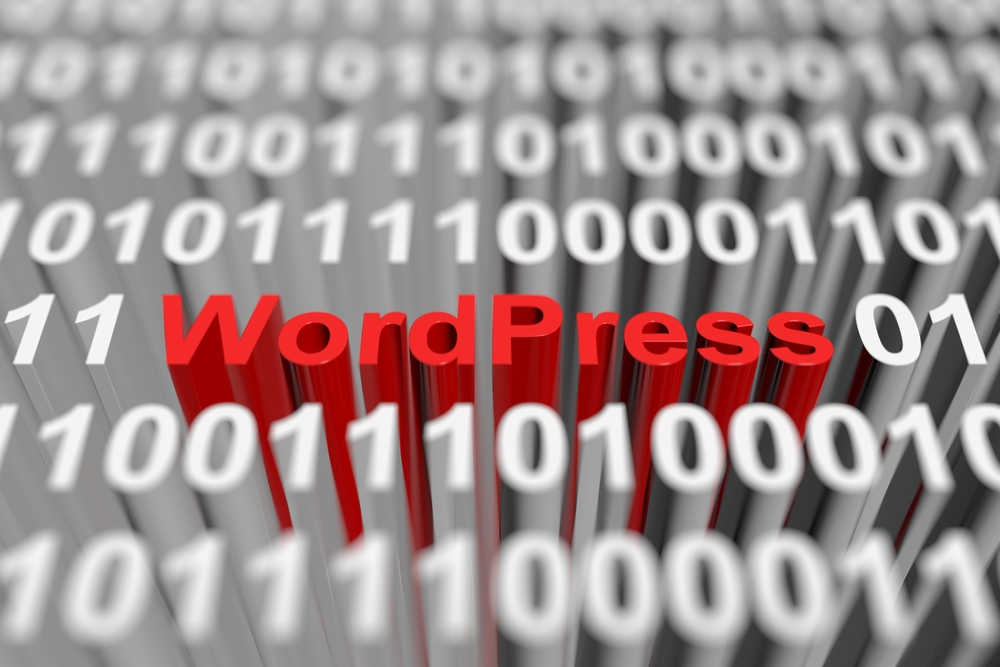
WordPress has become the go-to platform for building websites, thanks to its user-friendly interface and extensive customization options. Whether you are a beginner or an experienced user, there are always new tricks and techniques to master to take your WordPress website to the next level. In this article, we will explore expert tips for customizing and maintaining your WordPress website, ensuring you have the knowledge required to create a truly unique and successful online presence.
1. Harness the Power of ThemesOne of the key features of WordPress (the blogging platform) is its ability to use themes to change the look and feel of your website. There are thousands of free and premium themes available, allowing you to find the perfect design for your business or personal website. When selecting a theme, consider factors such as responsiveness, compatibility, and ease of customization. Remember, the appearance of your website is the first thing visitors notice, so choose a theme that aligns with your brand and delivers a positive user experience.
2. Customize with Plugins
WordPress (WP) plugins are another valuable tool for adding functionality to your website. Whether you need to enhance SEO, improve performance, or add specific features, plugins offer a range of solutions. However, it's important to exercise caution and be mindful of plugin quality and compatibility. Installing too many plugins or using poorly coded ones can slow down your site and increase the risk of conflicts. Stick to trusted and regularly updated plugins to ensure a smooth and secure user experience.
3. Optimize for Search Engines
Search Engine Optimization (SEO) is crucial for driving organic traffic to your website. WordPress (or WP) makes it easy to optimize your site for search engines, even if you have little technical expertise. Start by installing an SEO plugin, such as Yoast SEO, that allows you to optimize meta titles, descriptions, and keywords for each page. Additionally, pay attention to URL structure, use heading tags appropriately, and ensure your website loads quickly. Regularly updating your content and building quality backlinks will also help improve your search engine rankings.
4. Create Engaging Content
While the design and functionality of your website are important, content remains the heart and soul of any successful website. Creating high-quality, engaging content is essential for attracting and retaining visitors. Use WordPress (the platform for bloggers) 's built-in editor or a popular page builder plugin, like Elementor or Beaver Builder, to easily create visually appealing posts and pages. Incorporate multimedia elements such as images, videos, and infographics to make your content more engaging. Remember to optimize your content for readability, use relevant keywords, and make it shareable across social media platforms.
5. Regularly Update and Backup Your Website
Keeping your WordPress website updated is vital for security and performance. WordPress frequently releases updates to address vulnerabilities and bugs, so it's crucial to regularly update your theme, plugins, and core WordPress files. However, before applying any updates, it's a good practice to backup your website to ensure you can restore it in case anything goes wrong during the update process. Use a backup plugin like UpdraftPlus to automate your backups and store them securely offsite.
6. Frequently Asked Questions
Q1. How do I install a WordPress theme?A1. To install a WordPress theme, log in to your WordPress dashboard, go to "Appearance" > "Themes," click on "Add New," and select a theme from the repository or upload a ZIP file if you have purchased a premium theme. Once the theme is installed, click on "Activate" to make it live on your site.
Q2. Can I customize a WordPress theme?
A2. Yes, you can customize a WordPress theme to match your design preferences. Navigate to "Appearance" > "Customize" in your WordPress dashboard to access theme customization options. You can modify colors, fonts, layouts, and more without needing to code. Some themes also offer advanced customization options or support integration with page builders for more flexibility.
Q3. How do I install a WordPress plugin?
A3. Installing a WordPress plugin is simple. From your WordPress dashboard, go to "Plugins" > "Add New." Search for the desired plugin using keywords or upload a plugin ZIP file. Once you find the plugin you want, click on "Install Now" and then "Activate" to make it functional on your website.
Q4. Are WordPress plugins safe?
A4. Most WordPress plugins are safe to use, especially if they are regularly updated and come from reputable sources. However, it's advisable to do thorough research before installing any plugin. Check user reviews, ratings, and the plugin's update history to ensure its quality, security, and compatibility with your WordPress version.
Q5. How often should I back up my WordPress website?
A5. It is recommended to back up your WordPress website regularly, especially before making any major changes, such as updates or modifications. Depending on how frequently you update your content, a weekly or monthly backup schedule is typically sufficient. However, it's always better to err on the side of caution, so consider an automated backup solution that takes care of the process for you.
With these expert tips, you can unleash the full potential of WordPress and create a website that reflects your unique brand, engages your audience, and achieves your goals. Remember, mastering WordPress is an ongoing process, so stay curious and keep exploring new features, themes, and plugins to ensure your website remains at the forefront of online excellence.
Other useful resources
- https://www.wordpress24plus.com/services/